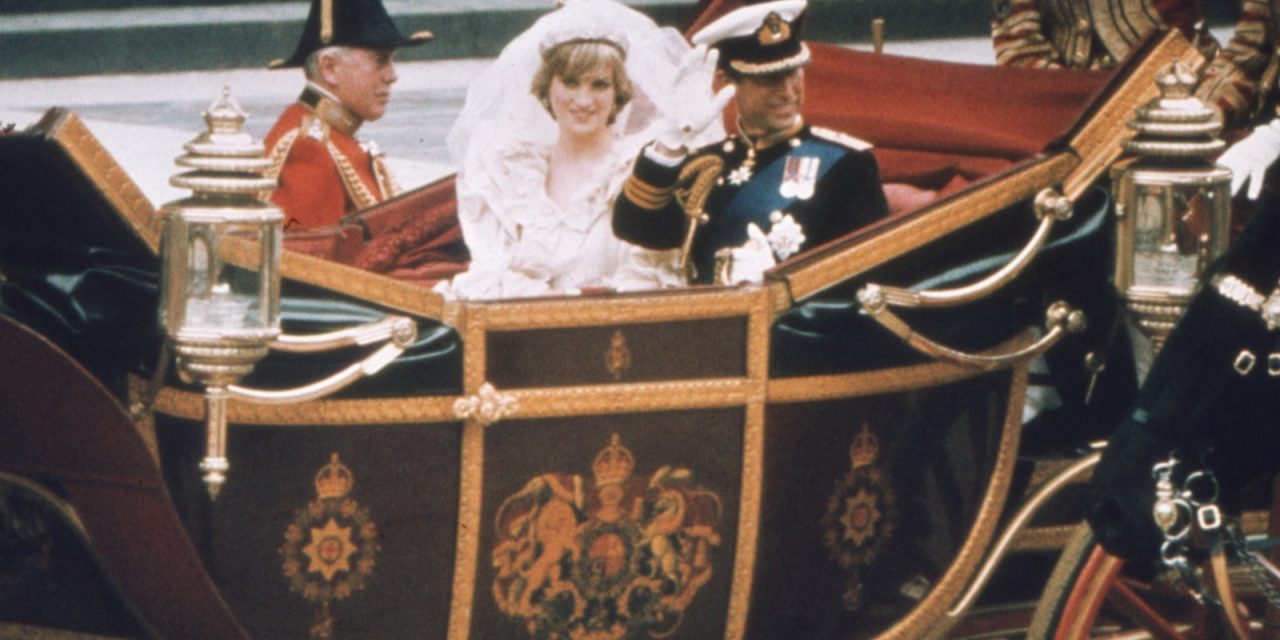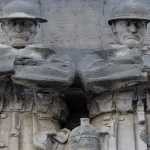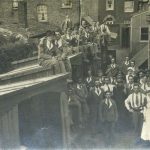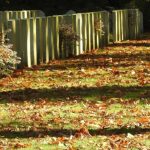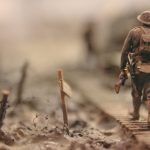Following the coronation of King Charles III, the Commonwealth War Graves Commission (CWGC) is taking a moment to reflect on its history and relationship with the Royal Family.
Founded in 1917 by Royal Charter, the CWGC was established to commemorate those who fell during the First World War. Over the years, it has expanded to include those who fell during the Second World War, and it now maintains cemeteries and memorials around the world in perpetuity.
The CWGC has always had close ties with the Royal Family, and in 1922, King George V embarked on the first of many visits to the CWGC’s sites in France and Belgium. The coronation of King Charles III has marked the fifth monarch to have reigned during the Commission’s existence, and it is another milestone in the CWGC’s commitment to care for the Commonwealth fallen of the world wars.
The coronation procession is traditionally a huge honour reserved for members of the Royal Family, nobility, heads of state, and invited guests. In the 1937 coronation of King George VI, Sir Frederic Kenyon, Director of the British Museum and President of the British Academy, participated in the procession while performing his duties as Gentleman Usher of the Purple Rod. Kenyon was instrumental in establishing the CWGC’s work worldwide, and his recommendations laid the foundation for the Commission’s work across the globe.
Stanley Baldwin, the then Prime Minister and a member of the Commission, also participated in the procession. Baldwin was a cousin to Rudyard Kipling, another prominent figure in the history of the CWGC.
During the coronation celebrations in 1937, special ceremonies were organised at Arras and Ypres for CWGC staff and their families. Several staff members were nominated for the George VI Coronation Medal. A special reception was given at the Commission’s offices in Arras on the morning of the coronation, and a garden party and fete were thrown the following day. A film of the coronation ceremony and procession was also shown at the Palace Cinema.
During the coronation of Queen Elizabeth II in 1953, Prince Edward, the Duke of Kent, was in attendance. The Duke of Kent became the CWGC’s President in 1970 and has visited the Commission’s sites around the world, paying tribute to the fallen of the two world wars.
Admiral Sir Martin Eric Dunbar-Nasmith, the Vice-Chairman of the Commission at the time, was also in attendance in his capacity as Vice-Admiral of the United Kingdom. Sir Winston Churchill, who played a key role in supporting the work of the Commission in its early years, also attended both the 1937 and 1953 coronations.
Several Commission staff members were nominated for the Coronation Medal in 1953, and the CWGC records show that Coronation parties were thrown in place of the annual reunion in Arras. A reception was also thrown at the Hôtel Univers in Arras, attended by local dignitaries.
As the Commonwealth celebrates the coronation of King Charles III, the CWGC will continue its commitment to caring for the fallen of the two world wars in perpetuity.
Image Source:
- Photo by Annie Spratt: instant images

